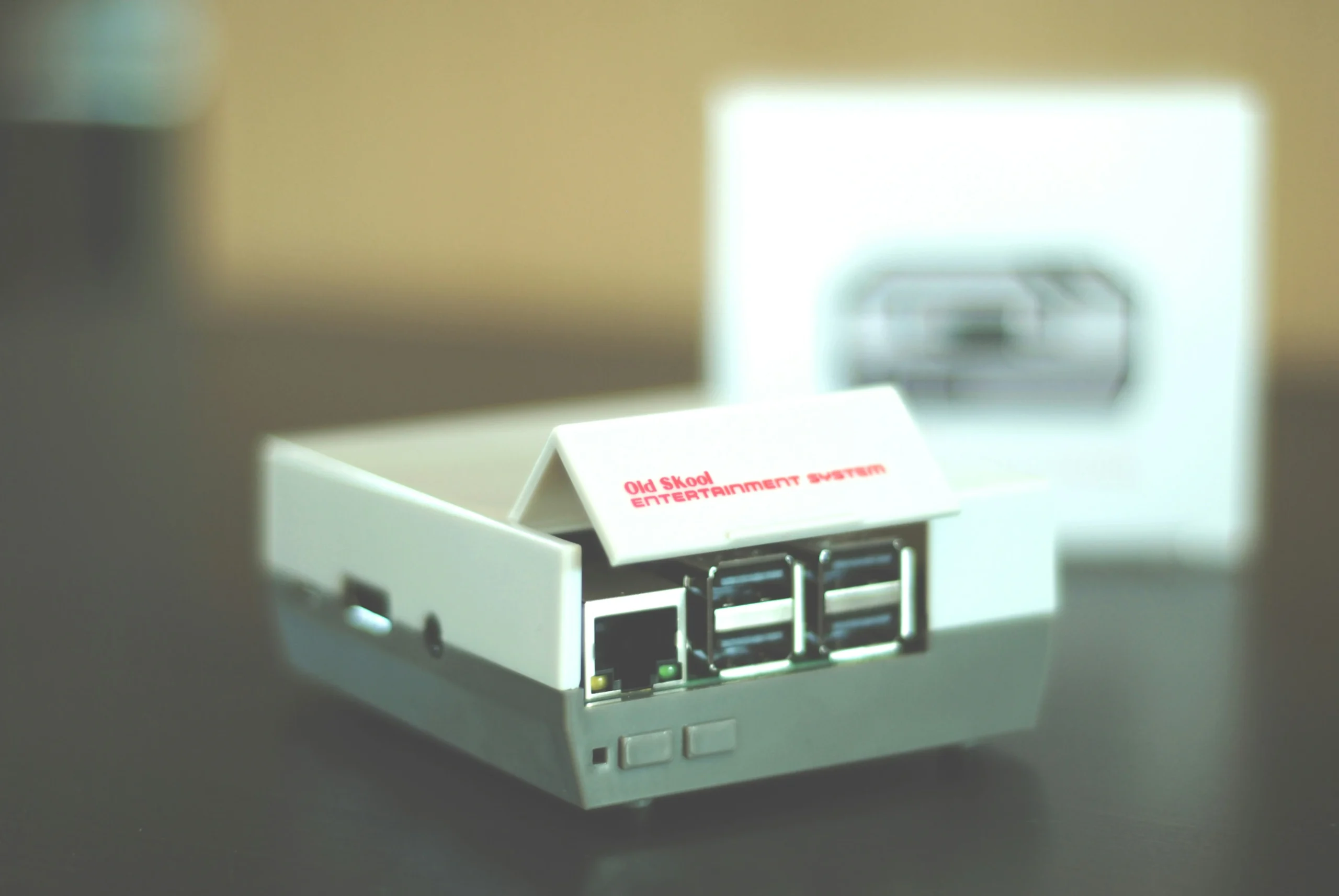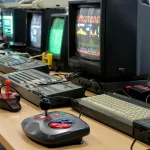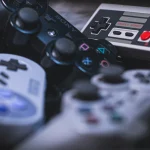Hey, gaming enthusiasts! If you’ve been bitten by the retro gaming bug like I have, you’re probably burning with curiosity to find out which Raspberry Pi model will fuel your nostalgia best in 2024. Old-school gaming is making a major comeback, and with computing power of Raspberry Pi escalating, choosing the right model is key! In this pixel-packed showdown between Raspberry Pi 4 and 5, let’s explore specs, gaming capabilities, and more. Here’s a stat to chew on: The Raspberry Pi has sold over 40 million units! Ready to dive into the details? Let the gaming adventure begin!
Table of Contents
Overview of Raspberry Pi Models for Retro Gaming
So, if you’re anything like me, diving into retro gaming with a Raspberry Pi feels a bit like finding a treasure map; it’s exciting and a little overwhelming. I remember starting out, clutching my Raspberry Pi 4 like it was a gold bar, anticipating the nostalgia trip. Now, with the new Raspberry Pi 5 making waves, there’s a lot to chat about.
Quick comparison of Raspberry Pi 4 and Raspberry Pi 5. The Pi 4 was robust, no doubt, with its quad-core processor and decent RAM options. But when the Pi 5 rolled out, it was like upgrading from a paper map to GPS. The Pi 5, with its improved processing capabilities and sleek design, just feels faster and more efficient, especially when firing up games like „Super Mario 64.“
Highlight performance improvements and design updates in 2024. In 2024, the buzz was all about performance boosts. The Raspberry Pi 5 comes with a beefed-up CPU and GPU, meaning smoother graphics and no more annoying lags or game freezes. And let’s not forget the new design—cooler, quite literally, with better heat management, making those long gaming sessions more enjoyable.
Importance of selecting the right hardware for retro gaming. Picking the right Pi is crucial. If you’re aiming to emulate newer retro consoles like the PlayStation, the Pi 5 is your best bet because its processing power is seriously upgraded. But hey, for classic 8-bit and 16-bit games, the Pi 4 absolutely holds its ground. It’s all about matching your needs to the Pi’s punch!
Performance Breakdown: Raspberry Pi 4 vs Raspberry Pi 5
CPU and GPU comparison: Processing power that affects game performance. Picture this: the Pi 4’s CPU was like driving a trusty old car, while the Pi 5 is your slick new ride. With a faster GPU, gaming performance jumps up, offering better graphics rendering. That’s huge for action-packed games like „Street Fighter.“
Memory and storage capabilities: Bigger boosts, better gaming. Here’s where things get spicy. The Pi 5 offers more memory and better storage options. This means you can run more intricate games without hiccups. Remember when I tried fitting my entire retro library on a Pi 4’s smaller SD card? Yeah, not pretty.
How do these performance factors influence emulation quality? Performance upgrades directly affect emulation quality. A faster CPU means better speed in game emulators, while a superior GPU enhances graphics. With these updates in the Pi 5, games are not only playable—they’re enjoyable.
Gaming Experience and Compatibility
Retro gaming consoles emulation capabilities on both devices. Both the Raspberry Pi 4 and 5 can emulate a wide range of classic consoles. But if you’re pushing for N64 or Dreamcast titles, you’ll notice smoother gameplay on the Pi 5. The Pi 4, while admirable for SNES and older systems, sometimes struggles with newer retro titles.
Frame rates and resolution benchmarks for popular retro games. Here’s something that might tickle your brain: popular games on the Pi 5 can hit higher frame rates and better resolutions, making your nostalgic trips starkly vivid. I tested „Sonic the Hedgehog“ on both models, and let me tell ya, the frame rates were dreamy on the Pi 5.
Controller compatibility and supported peripherals for seamless gameplay. Both devices handle controller input smoothly, but the Pi 5 often delivers faster response times. If you’re like me and swap between the SNES and PS controllers, both Pis offer solid compatibility. It’s like everything just falls into place, you know?
Value for Money: Cost Analysis
Initial investment: Pricing of Raspberry Pi 4 and Raspberry Pi 5. Now, let’s chat cash. As of today, the Pi 5 is pricier – go figure with all those performance enhancements. It’s around 50 bucks more, but sounds worth the plunge if future-proofing is your game. But if you’re just dabbling, the Pi 4 still gives bang for your buck.
Long-term value: Upgradability and longevity. Longevity with the Pi 5 is, honestly, better due to its hardware. It’s like buying a solid gaming PC—expect at least 5 years before outgrowing it. So, if you’re thinking long-term, investing in the Pi 5 might save you from upgrades headaches down the line.
Hidden costs: Accessories and additional components needed for optimal retro gaming setup. Don’t forget those hidden costs! You’ll need controllers, SD cards, better cooling systems—the extras add up fast. When setting up my Pi station, I was boggled by how quickly cables and adapters racked up my bill.
Ease of Use: Setting Up Your Retro Gaming Station
Step-by-step setup guide comparison for both models. Setting up both models is pretty straightforward. A quick shoutout to RetroPie—the software makes it easy peasy lemon squeezy. Honestly, I set up my Pi 5 in under 30 minutes. But okay, I’ll admit, my first time with the Pi 4 had me tangled in cables.
User interface: Navigating gaming operating systems like RetroPie. RetroPie, again, is cool for both Pis. Navigating is as simple as pie, pun intended. The Pi 5 feels snappier due to its better specs, really enhancing user experience when scrolling through game libraries.
Common troubleshooting tips and tricks. Pro tip: always keep your software updated. Once, my games wouldn’t load, and after some hair-pulling, an update fixed it. Also, for overheating issues, consider a fan or heatsink—I learned it the hard way with the Pi 4 on a hot day.
Popular Retro Gaming Builds and User Communities
Examples of successful Raspberry Pi retro gaming builds. I’ve seen some killer builds on forums with custom cases resembling old NES consoles. My own station isn’t that fancy, but a few LED lights and a custom joystick setup add a bit of flair!
Community support and resources available online. There’s a huge community out there ready to help. Forums like the Raspberry Pi subreddit or RetroPie’s official forum are bustling with pros and noobs alike. Whenever I hit a snag, there’s always someone with the same problem. It’s comforting, honestly.
How to join forums and groups of fellow retro gaming enthusiasts. Joining these groups is just a matter of signing up. I’ve met some cool folks via Facebook groups and Discord channels too. It’s neat sharing tips and trading game stories – like a digital campfire for retro enthusiasts. 🕹️
Conclusion
As the curtain falls on our gaming gigabyte showdown, it’s clear both Raspberry Pi 4 and 5 have their unique charms for retro gaming. If it’s maximum performance and future-proof gaming you crave, Raspberry Pi 5 has the punch you need. On a tighter budget or just starting out? The Raspberry Pi 4 is still a game-changing choice! Remember, retro gaming is not just a hobby—it’s a journey into a forgotten game universe brought to life in HD! So what are you waiting for? Level up your gaming experience today! Keep gaming, my friends! 🎮



